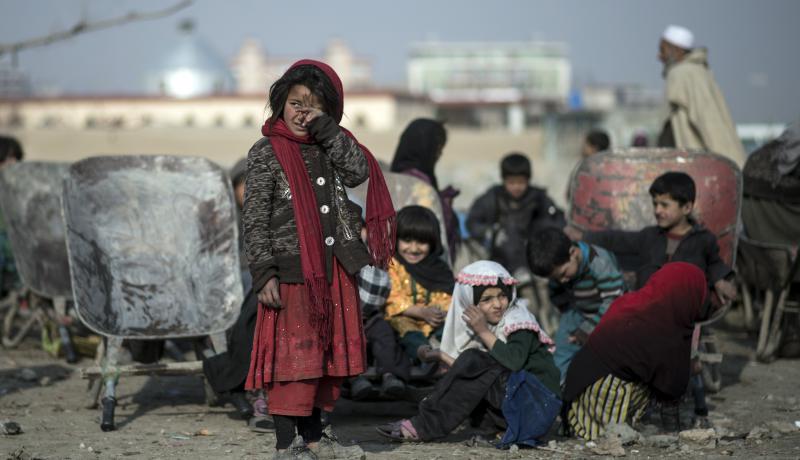Source: Chatham House
Experiences in Afghanistan highlight the fundamental challenge IEDs pose to the humanitarian sector, as the principles of neutrality and impartiality are eroded and humanitarian aid is increasingly militarized and politicized.
Improvised explosive devices (IEDs) are an increasingly common feature of conflicts around the world. Consequently, they pose a growing threat to humanitarian organizations operating in conflict environments. While their impact on civilians and military operations is well documented, there has been little research on their specific impact on humanitarian operations and on those who undertake them. This paper considers the features of IEDs that distinguish them from other threats facing humanitarians and how their use may indicate a more fundamental challenge to the humanitarian sector: the erosion of the principles of neutrality and impartiality owing to the increasing militarization and politicization of humanitarian aid.
Using the specific example of their effects in Afghanistan, this paper assesses the risks IEDs pose and highlights the negative impacts on humanitarian operations that measures used to mitigate this risk can have.
- IEDs pose an unpredictable threat that is not confined to traditional battlefields and is difficult to mitigate. This research considers both IED attacks where humanitarian organizations are deliberately targeted and situations where they are inadvertently caught up in an attack. Since IEDs often cause blast and fragmentation to be projected over a wide area, the risk of harm beyond the immediate target is greater than with other forms of violence such as small arms fire. This risk of being accidentally or indirectly affected means that IEDs create uncertainty for humanitarian operations.
- ‘Toughening the target’ strategies, for example using armoured cars and building blast walls in compounds, make NGOs more militarized in appearance, alter community perception and can adversely affect the humanitarian operations of NGOs. This is particularly pertinent in Afghanistan, where there is a legacy of military personnel engaging in humanitarian activities and the boundaries of the humanitarian space have become blurred.
- Operating within the comfort zone of compounds and secure locations – so-called ‘fortressing’ – increases the separation from the local population and damages an organization’s reputation. Attempts to operate using remote management techniques risk shifting the danger onto local staff and are impossible for activities such as advocacy. Armed guards, body armour and similar measures can increase security against the danger of small arms but are less effective against the force of an IED.
- The perceived threat of IEDs, magnified through intensive media coverage and their association with terrorism, can compel organizations to react to these dangers more strongly than to others. The level of insecurity and fear that the use of IEDs generates is such that programmes can be closed or moved from areas with acute need. Strategically placed devices may deter delivery of aid for many weeks or months. NGOs risk becoming a pawn of one party to a conflict.
- As well as the loss of staff and the impact this has on colleagues and the organization as a whole, there are also costs in terms of community relations both locally and nationally within a country; post-trauma care that NGOs need to provide to colleagues, even those seemingly not directly affected; and the time and personnel required to manage the expectations of donors, for example where programme outputs will not be met or key programme assets such as vehicles need to be replaced.
Download Full Research Paper HERE: 20150409IEDs


